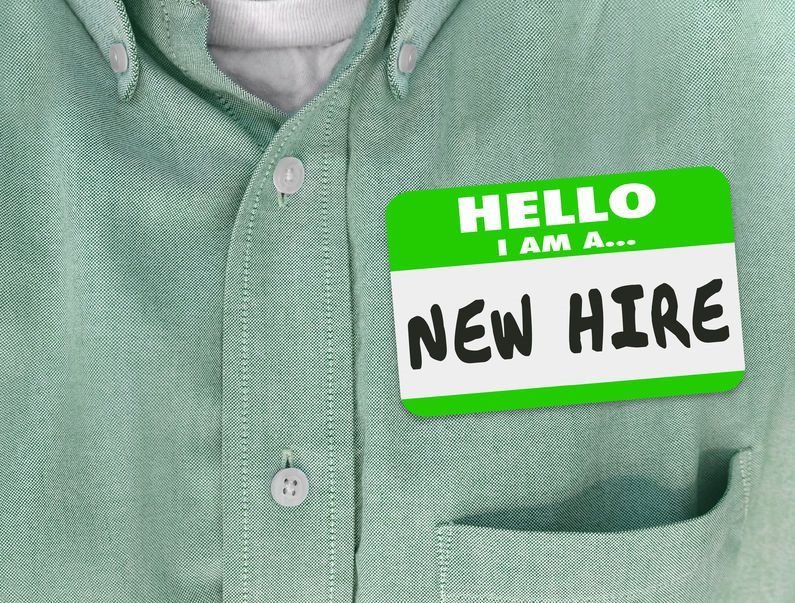
Gallup research shows that 70% of employees who had exceptional onboarding experiences say they have "the best possible job." These employees are 2.6 times as likely to be extremely satisfied with their workplace — and hence, more likely to stay.
Conversely, getting it wrong increases the risk of alienating top talent, in turn, leading to poor productivity and high turnover.
Unfortunately, all too many companies get it wrong at least some of the time.
We’ve all heard about a colleague who arrived at a new job, only to find there was no PC or desk ready for them. Or we know a friend who spent three days working somewhere before someone showed them the kitchen. These things happen because onboarding is a complex process with many moving pieces.
Assigning PCs, provisioning enterprise logins, providing welcome packs, introducing new joiners to their teams, collecting personal details, signing documents — the list of tasks seems endless. Multiple people need to coordinate their efforts to get it right — HR, procurement, IT, the new recruit’s direct manager, and more. It’s no wonder that things occasionally fall through the cracks.
These challenges make onboarding an ideal process to consider for automation.
There are best-of-breed solutions that can integrate with payroll and HR platforms to streamline onboarding. These offerings can bring business siloes together to deliver a more seamless experience to new joiners. They can take a lot of paper out of the workflow, saving time for HR and everyone else.
Here are four reasons to consider automating onboarding processes in your business:
When a new employee starts with a business on the wrong foot, the relationship often never recovers. The result is that they might be unhappy as long as they work there. Their poor levels of engagement and satisfaction will inevitably impact performance and productivity. Plus, companies with a poor onboarding experience will struggle to retain their best hires.
One study found that it costs employers 33% of an employee’s annual salary to hire a replacement if that worker leaves. 33%!
Automation can help a business to standardise its onboarding process and gain better visibility into workflow. This reduces the chances of something going wrong, in turn, helping to drive better employee satisfaction and retention.
Hiring a new employee generates plenty of administration — forms to be signed, data to be captured, authorisations and approvals to be given. But your HR team doesn’t need to be spending their time capturing personal details and chasing up signatures. Likewise, new hires are inundated with orientation sessions and forms to fill in.
Employee self-service (ESS) and automation can streamline all of this work, as well as move it from paper to digital platforms. That means HR directors and team managers can focus on stuff that really matters rather than on mundane processes.
Plus, new employees will be able to sign forms digitally and capture personal data when it suits them — saving them time and giving them a better experience.
Onboarding has become even more complex in this age of remote work. Given that many new employees may never even visit the office, their onboarding processes need to be carried out virtually.
Moving from a manual process towards a digital onboarding solution will help you to offer remote and hybrid workers a consistent experience from a single platform. It will also allow you to tailor onboarding for different classes of workers — remote, hybrid and in-office.
Regulatory compliance is a central aspect of onboarding. Capturing incorrect employee data, failing to get certain forms signed and completed, and allowing personal data to leak can all lead to serious compliance issues.
When it’s done digitally, there are fewer chances for human data capture errors to creep in and for vital steps in the workflow to be skipped.
So much of an old-fashioned onboarding process can feel unwelcoming for a new recruit, from awkwardly waiting for their business ID to filling out their banking details for the payroll system.
In an ideal world, we would want as much of that admin to be quick and invisible as possible. Moving to a paperless, automated onboarding workflow can remove a lot of manual work from the equation.
That, in turn, creates more time to focus on the human relationships — making the new person feel welcome, connecting them with the team, and giving them what they need to start their new job with vigour and passion.